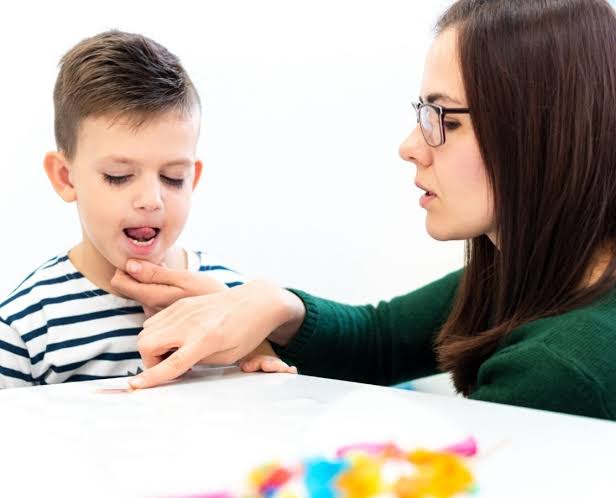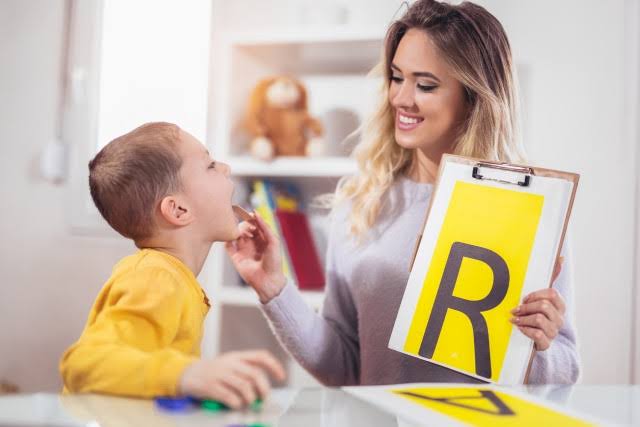
What is childhood apraxia of speech?
Childhood apraxia of speech (CAS) is a speech disorder in which a child’s brain has difficulty coordinating the complex oral movements needed to create sounds into syllables, syllables into words, and words into phrases. Typically, muscle weakness is not to blame for this speech disorder.
Signs and symptomsThree most common features in children with apraxia of speech
According to the American Speech-Language-Hearing Association (ASHA, 2007.
-
Inconsistent errors on consonants and vowels in repeated productions of syllables or words (for example, a child says the same word differently each time he tries to produce it).
-
Difficulty producing longer, more complex words and phrases.
-
Inappropriate intonation and stress in word/phrase production (for example, difficulty with the timing, rhythm and flow of speech).
Some additional characteristics of speech production associated with childhood apraxia of speech include:
-
Late development of the child's first words and sounds.
-
A decreased sound inventory (for example, a lack of variety of consonant and vowel sounds expected at a certain age).
-
Multiple and/or unusual sound errors.
-
Vowel sound errors. Excessive movements of the mouth or attempting to position the mouth for sound production. Persistent or frequent regression in the number of words produced.
-
Differences in performance of automatic speech (such as "hello" and "thank you") versus voluntary speech. In most cases, voluntary speech is more affected by apraxia of speech.
-
Errors in the order of sound production in words (such as sounds omitted, switched, or added to words and within words).

A speech-language pathologist may interact with a child to assess which sounds, syllables, and words the child is able to make and understand. The pathologist will also examine the child's mouth, tongue, and face for any structural problems that might be causing apraxia symptoms.
Treatment for apraxia of speech should be intensive and may last several years depending on the severity of your child’s disorder. Many children with childhood apraxia of speech benefit from:
-
Multiple repetitions and repeated practice of sound sequences, words and phrases during therapy
-
The use of visual prompting to show how speech sounds are made as sequences of sounds are combined into words
-
Co-production, or having the child say the word at the same time as the SLP or caregiver
If your child only has a limited number of words in his vocabulary, therapy will initially focus on improving his functional communication skills. It is critical for your child to have positive experiences with communication. If producing words is too difficult for your child initially, positive interactions may be achieved through other modes of communication, such as sign language, picture communication boards and voice output communication devices. Using other modes of communication while working on speech production has been found to promote verbal skills and decrease frustration in children while communicating.
Testing and diagnosis
An accurate diagnosis of childhood apraxia of speech requires a comprehensive speech and language evaluation by a speech-language pathologist (SLP). The SLP will evaluate your child's speech skills and expressive and receptive language abilities, while gathering information from your family about how your child communicates at home and in other situations.